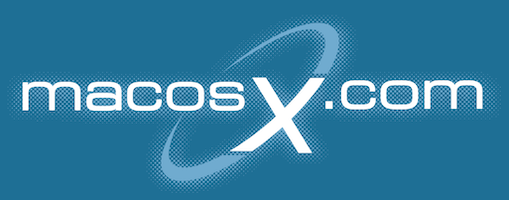Hello,
I have heard and read very positive comments about the Migration Assistant: It seems that nearly everyone agrees that the migration between two Macs is easy and flawless. I am waiting for the new MacBooks to come to market, and when they do, I will be probably have a first-hand experience myself!
However, I have a question: I can understand how the OS migrates things like the home folder, the keychain, etc. as they are distinct items in the disk and easy to locate. What I cannot figure out is how applications are migrated, since they involve several items in the disk, such as the .app file itself, .plist files, etc. This becomes even more difficult with complex applications such as the Parallels Desktop I am using, which I really wonder whether it can be migrated and work just as it does now in my MBP.
Is the application migration (with complex cases such as Parallels) really so accurate, or the OS cannot import things like preferences and settings, and they therefore have to be set up again in the new machine?
I have heard and read very positive comments about the Migration Assistant: It seems that nearly everyone agrees that the migration between two Macs is easy and flawless. I am waiting for the new MacBooks to come to market, and when they do, I will be probably have a first-hand experience myself!
However, I have a question: I can understand how the OS migrates things like the home folder, the keychain, etc. as they are distinct items in the disk and easy to locate. What I cannot figure out is how applications are migrated, since they involve several items in the disk, such as the .app file itself, .plist files, etc. This becomes even more difficult with complex applications such as the Parallels Desktop I am using, which I really wonder whether it can be migrated and work just as it does now in my MBP.
Is the application migration (with complex cases such as Parallels) really so accurate, or the OS cannot import things like preferences and settings, and they therefore have to be set up again in the new machine?
